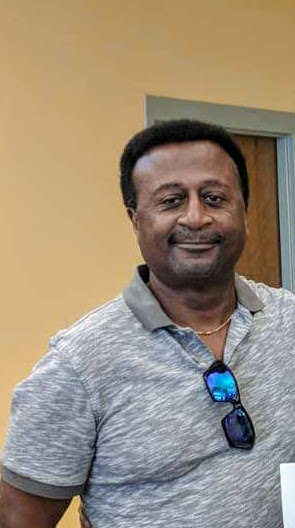
I started as a math major in a small liberal arts college in the Midwest and while taking a required biology course, my perspective immediately changed and so did my major. More specifically, I got interested in marine biology after a special mid-year course took us on a 3-week field trip to Florida to explore the marine ecosystems. I subsequently graduated and kick-started my marine ambitions by getting my MS and PhD degrees in Marine Biology at Florida State University. After a quick stint at Auburn University, the opportunity at FAU opened, and I have been living the dream ever since!
My marine research interests have a focus on symbiotic associations (i.e., primarily species living directly in or on other species). One of my best moments occurred early in my career when I helped to clarify the mechanisms that anemone fish (aka clown fish, as in “Nemo”) use to prevent themselves from being harmed by the stinging structures (nematocysts) which are found in the tentacles of the anemones where the fish reside most of the time. I built a “surrogate” anemone made from rubber bands glued to the bottom surface of a petri dish. Anemone fish became “protected” from real anemones after first “hanging out” with my fake, “surrogate” anemones! This demonstrated that anemone fish were developing their own chemical defense within their mucus (which covers most fish) that minimized the chances of triggering the release of the stinging structures from the anemone’s tentacles. This process of becoming protected from the anemones was called “acclimation.”
I love teaching and inspiring students. I instill a rigorous work ethic in the student, including convincing them to prepare for each lecture rather than waiting and last-minute cramming. This approach, while rough for many students early on in a course, reaps benefits later, and throughout their curriculum – this is especially true for students in the sciences.
You need to want to be in medicine rather than simply choosing to be in medicine… I believe the best physicians and medical researchers are following their hearts in this direction.
Learn more about Dr. Randy Brooks' research !